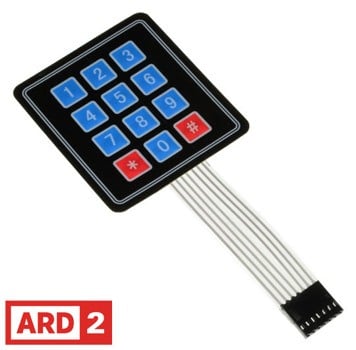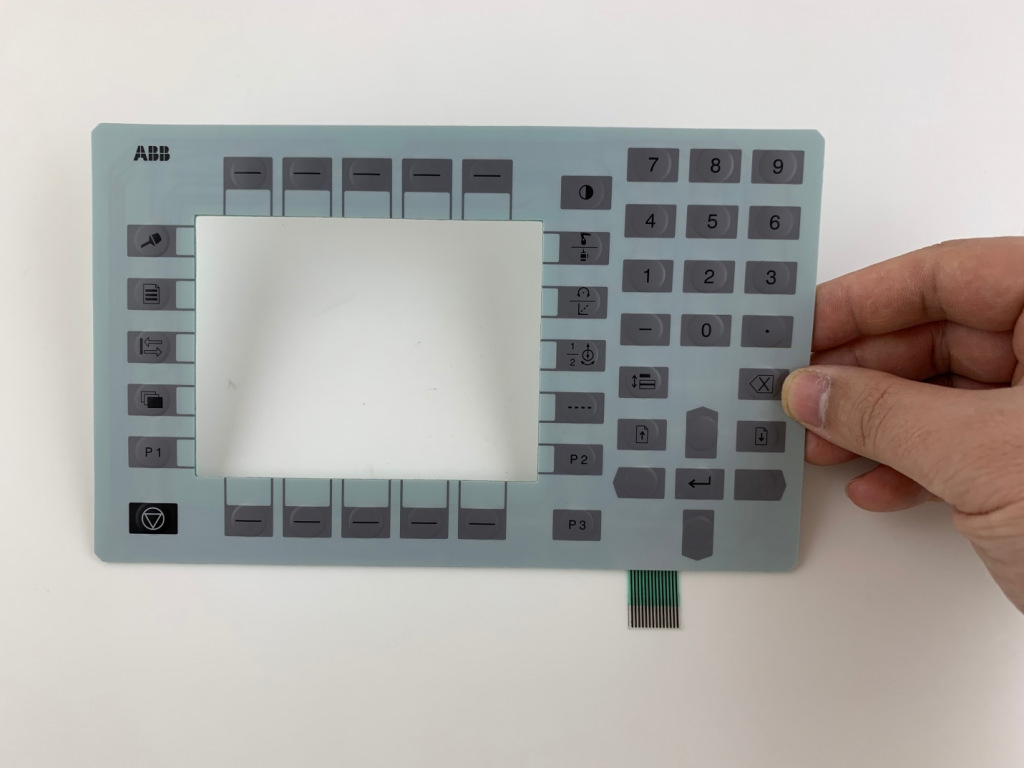Why Membrane Switches Are the Preferred Choice for Compact Devices
Why Membrane Switches Are the Preferred Choice for Compact Devices
Blog Article
Recognizing Membrane Layer Changes: The Key to Reliable and resilient Controls
Membrane changes represent a crucial facet of modern-day interface layout, blending capability with resilience in different applications. As we explore the details of membrane layer switches, it comes to be clear that their duty in boosting control systems is both profound and complicated, raising inquiries about just how ideal to leverage their capacities in future technologies.
What Are Membrane Layer Buttons?
Membrane buttons are an innovative option in the world of user interface technology, incorporating functionality and style effortlessly. These tools work as a user interface between individuals and electronic systems, integrating several parts into a compact layout. Generally created from flexible, slim layers of materials, membrane layer switches are designed to react to touch, making it possible for users to interact with equipment and electronic tools properly.
The key components of a membrane layer button include a published circuit layer, visuals overlay, and a spacer layer that prevents unintentional activation. The graphic overlay can be tailored to reflect brand identification or customer preferences, boosting aesthetic appeals while guaranteeing use. Membrane layer switches are generally utilized in various applications, consisting of medical tools, consumer electronics, and commercial equipment, owing to their sturdiness and resistance to ecological factors such as wetness and dust.
One of the key advantages of membrane layer switches is their capability to stand up to damage, making them excellent for high-traffic settings. Additionally, they are light-weight and call for very little room, enabling innovative styles in product development. Generally, membrane switches stand for a functional and efficient choice for modern digital interfaces, marrying technology with user-centric design principles.

Exactly How Membrane Switches Job
The operation of membrane layer switches over hinges on a simple yet reliable mechanism that equates customer input right into digital signals. When an individual presses the switch, the leading layer flaws, allowing a conductive component in the circuit layer to make call with a matching conductive pad on the bottom of the visuals overlay.
The design of membrane layer buttons can differ, but they usually integrate domes or responsive elements to offer responses to the customer, enhancing the overall experience. The materials made use of in membrane layer switches, such as polyester or polycarbonate, contribute to their longevity and resistance to environmental aspects, consisting of wetness and dust. Moreover, the published circuits are normally encapsulated, which shields them from wear and tear with time.

Benefits of Membrane Layer Buttons
One of the key advantages of membrane switches is their convenience in design, allowing them to be tailored to fulfill particular individual needs and visual needs. This flexibility encompasses various industries, where various shapes, dimensions, and shades can be used to improve customer communication and aesthetic appeal.
Additionally, membrane layer buttons are recognized for their resilience. Created from robust materials, they are resistant to dust, moisture, and physical wear, which dramatically expands their life-span contrasted to typical mechanical buttons. This resilience makes them particularly suitable for high-traffic atmospheres and applications needing long life.

In addition, membrane layer switches supply a streamlined profile, bring about a thinner layout that can be more incorporated right into various gadgets without including mass. This function not just enhances the visual charm yet also adds to a more ergonomic item design.

Applications of Membrane Buttons
Straightforward and flexible, membrane layer buttons discover applications across a wide range of sectors, consisting of medical devices, customer electronic devices, and industrial equipment. In the clinical area, these switches are integral to devices such as diagnostic tools, individual tracking systems, and mixture pumps, where dependability and convenience of cleansing are critical. Their ability to hold up against extreme settings and preserve capability makes them suitable for such applications.
In consumer electronic devices, membrane layer switches are utilized in products like microwaves, washing equipments, and push-button controls - membrane switch. Their streamlined style allows for user-friendly user interfaces, improving the total customer experience while supplying durability and resistance to tear and wear
Industrial devices likewise profits from membrane buttons, particularly in control panels for machinery and automation systems. These switches offer defense against dust and moisture, making certain regular performance in tough atmospheres. Furthermore, their customizable functions enable manufacturers to customize them to specific operational demands, enhancing effectiveness and functionality.
Selecting the Right Membrane Layer Switch Over
When selecting a membrane button, it is necessary to consider numerous elements that affect performance and viability for details applications. The key considerations consist of ecological conditions, tactile responses, resilience, and style visit here specs.
First, examine the operating environment; switches subjected to wetness, chemicals, or extreme temperature levels need details products to ensure longevity and capability. Next, evaluate the requirement for responsive feedback. Depending upon customer communication, some applications might take advantage of a tactile response to confirm activation, while others may choose a non-tactile design for visual reasons.
Sturdiness is one more vital element; membrane layer buttons must be made to stand up to frequent use, influences, and abrasion. Guarantee the picked button can endure the expected lifecycle, specifically in high-usage scenarios.
Conclusion
In final thought, membrane layer changes serve as important components in the layout of resilient and trusted control systems across numerous sectors. The adaptability of membrane switches allows for tailored options that satisfy certain operational demands, strengthening their importance in contemporary innovation.
Membrane layer find out here changes stand for a critical aspect of modern-day interface layout, blending performance with resilience in different applications.Membrane buttons are an innovative option in the world of individual interface technology, incorporating performance and layout flawlessly. Commonly created from flexible, thin layers of materials, membrane switches are developed to react to touch, enabling customers to connect with equipment and digital gadgets properly.
The layout of membrane switches can vary, however they usually include domes or tactile aspects to supply comments to the customer, enhancing the total experience.In verdict, membrane changes serve as important elements in the style of reputable and sturdy control systems throughout various industries.
Report this page